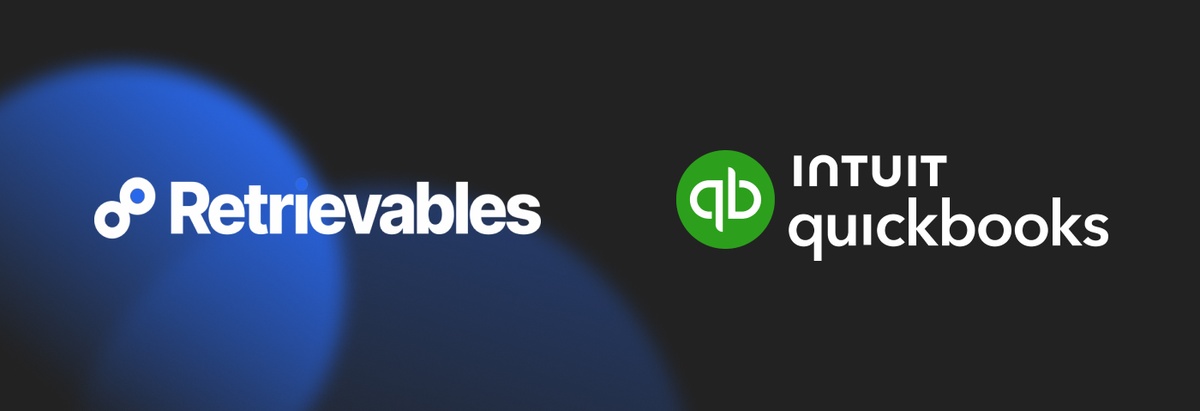We are thrilled to announce a major leap forward in simplifying your debt management process: the launch of our new integration with QuickBooks! Retrievables can now connect directly to QuickBooks in just a few clicks. This integration is designed to streamline your processes and boost your cash flow management.
Key Benefits of the Retrievables x QuickBooks Integration
Efficiency
One of the standout benefits of the Retrievables x QuickBooks integration is the enhanced efficiency it brings. Transferring unpaid invoices to Retrievables is now effortless, saving time and reducing manual input errors. By automating this process, businesses can focus on more critical tasks, improving overall productivity.
Simplicity
Managing all your debt collection needs in one place without the hassle of switching between multiple tools is now possible. The simplicity of this integration ensures that users can handle their accounts receivable processes more effectively. This centralized approach not only reduces complexity but also minimizes the chances of errors and miscommunications between different systems.
Improved Cash Flow
With faster processing of outstanding invoices, businesses can expect quicker collections and, consequently, better cash flow. This improvement is crucial for maintaining a healthy financial state and ensuring that operations run smoothly. The integration supports businesses in maintaining a steady inflow of funds, which is vital for growth and stability.
How to Get Started with the Integration
Getting started with the Retrievables x QuickBooks integration is straightforward. Follow these simple steps to streamline your debt management:
- Log in to your Retrievables account and go to the Accounts page.
- Click the Connect to QuickBooks button.
- Select the unpaid invoices you want to be collected and click the Import to Retrievables button.
Note that registered users can see the "Connect to QuickBooks button" on the Accounts page and begin the integration process from there.
For more detailed instructions, visit our integration page.
User Experience and Testimonials
User Feedback on Efficiency Gains
Early adopters of the Retrievables x QuickBooks integration have reported significant efficiency gains. Users appreciate the seamless transfer of data, which reduces the time spent on manual data entry. This integration has allowed them to allocate resources more effectively, leading to improved operational efficiency.
Improved Cash Flow Experiences
Many users have also highlighted the positive impact on their cash flow. By accelerating the invoice collection process, businesses have seen a noticeable improvement in their financial health. Quick access to funds has enabled them to invest in growth opportunities and manage their expenses more effectively.
Conclusion
The Retrievables x QuickBooks integration is a game-changer for businesses looking to streamline their debt management processes. With enhanced efficiency, simplicity, and improved cash flow, this integration offers numerous benefits that can transform your financial operations.
We encourage all users to take advantage of this new feature. For more information and to start the integration, visit our integration page.
Additionally, we would love to hear your feedback. Please leave a review on the QuickBooks marketplace page. Thank you for trusting us with your business needs. We're excited to see how this new feature will help you streamline operations and achieve better financial health.
